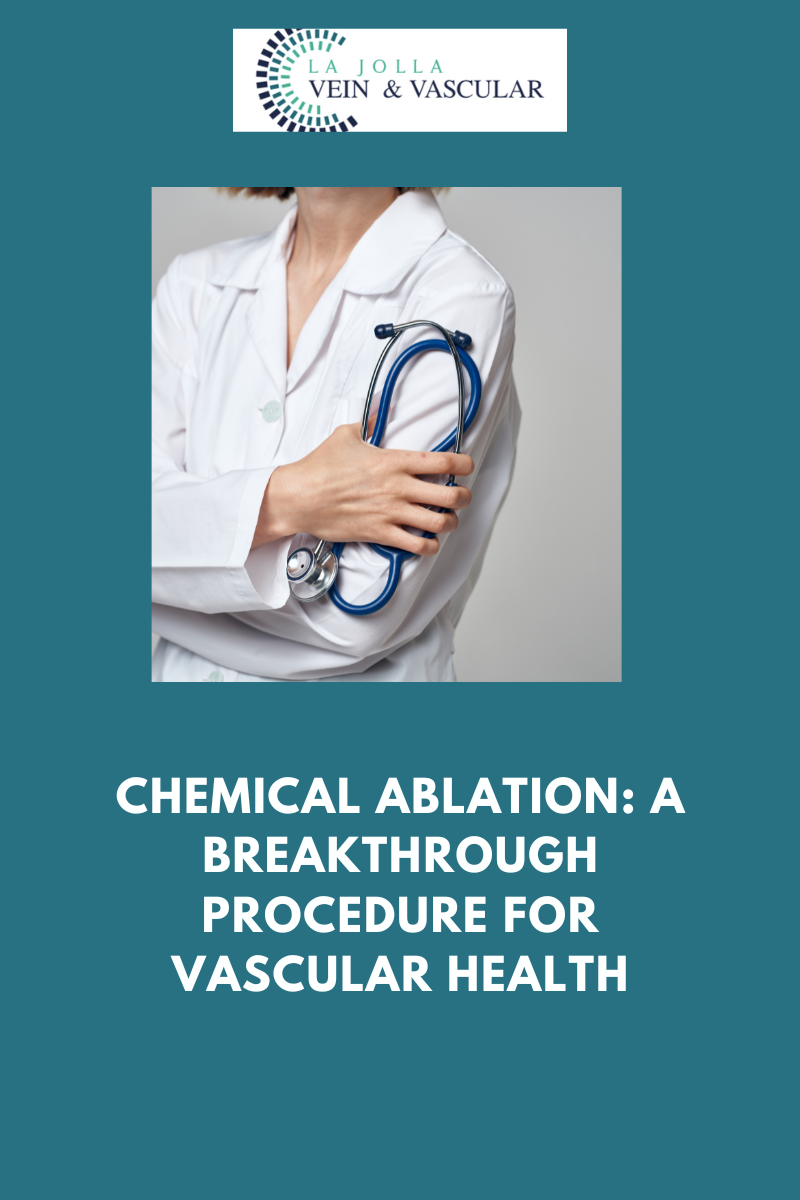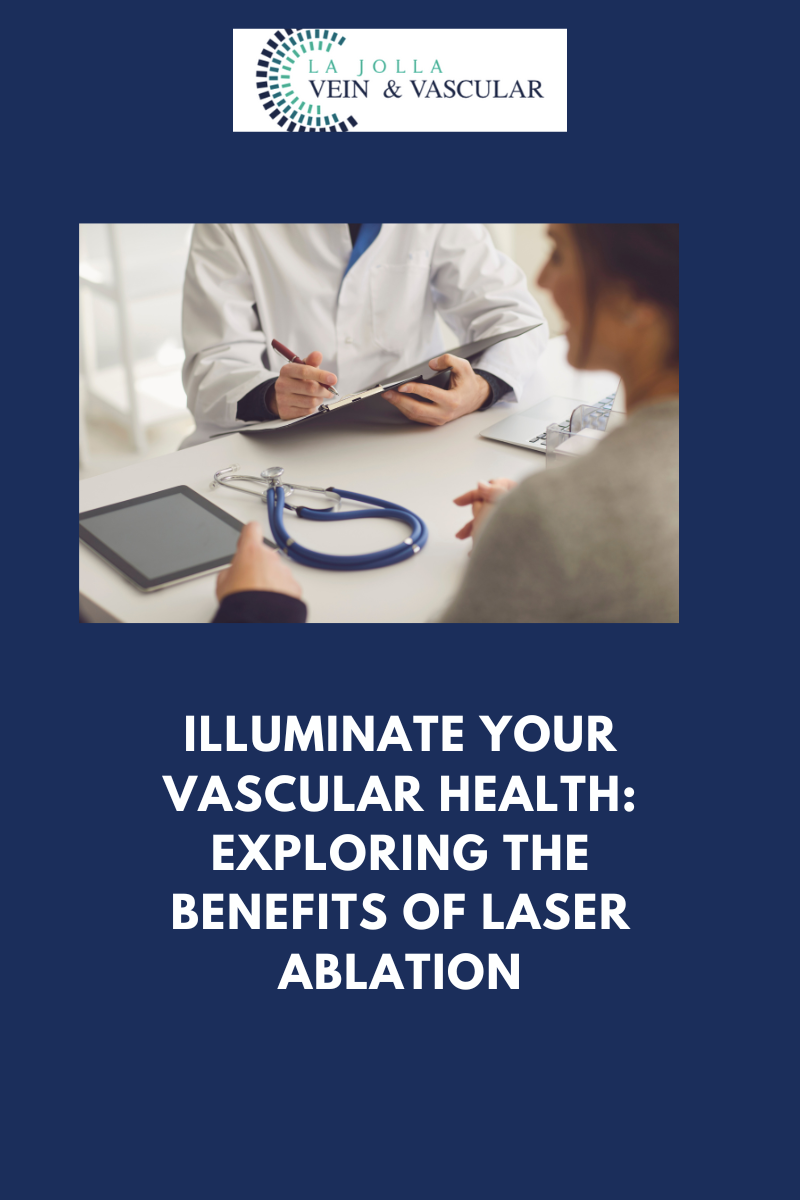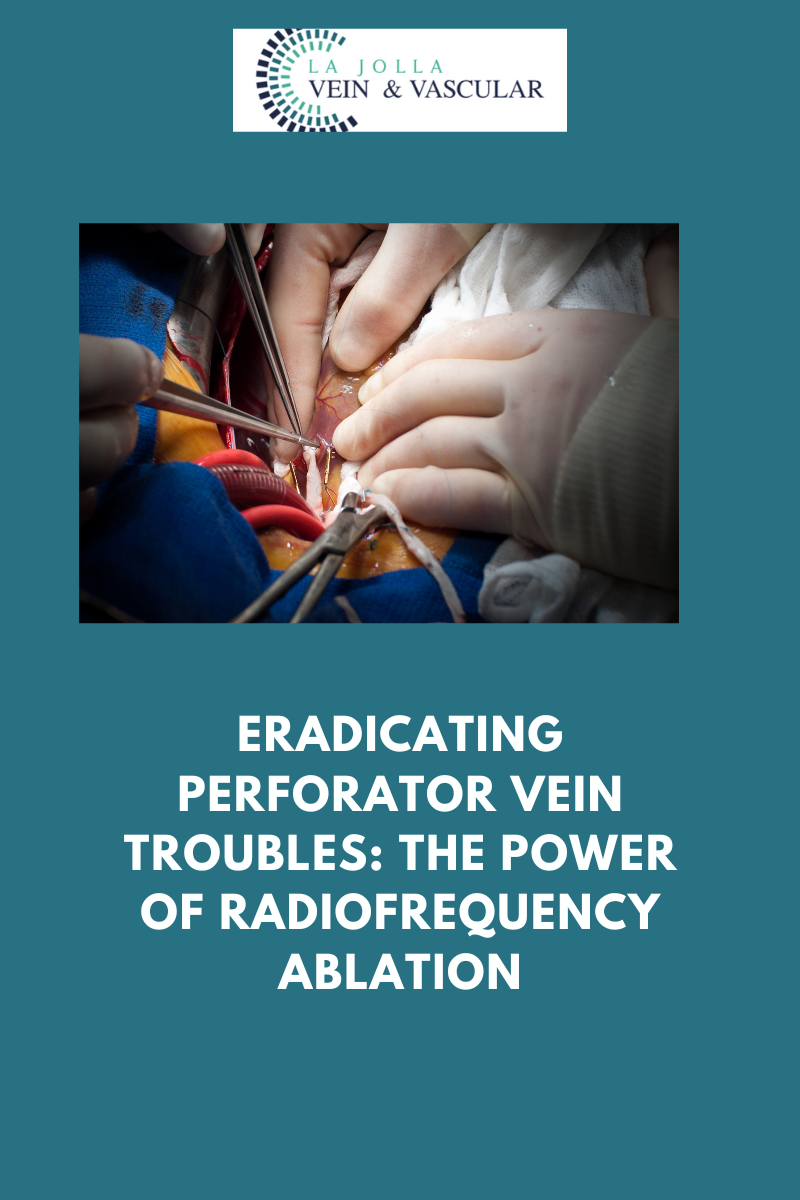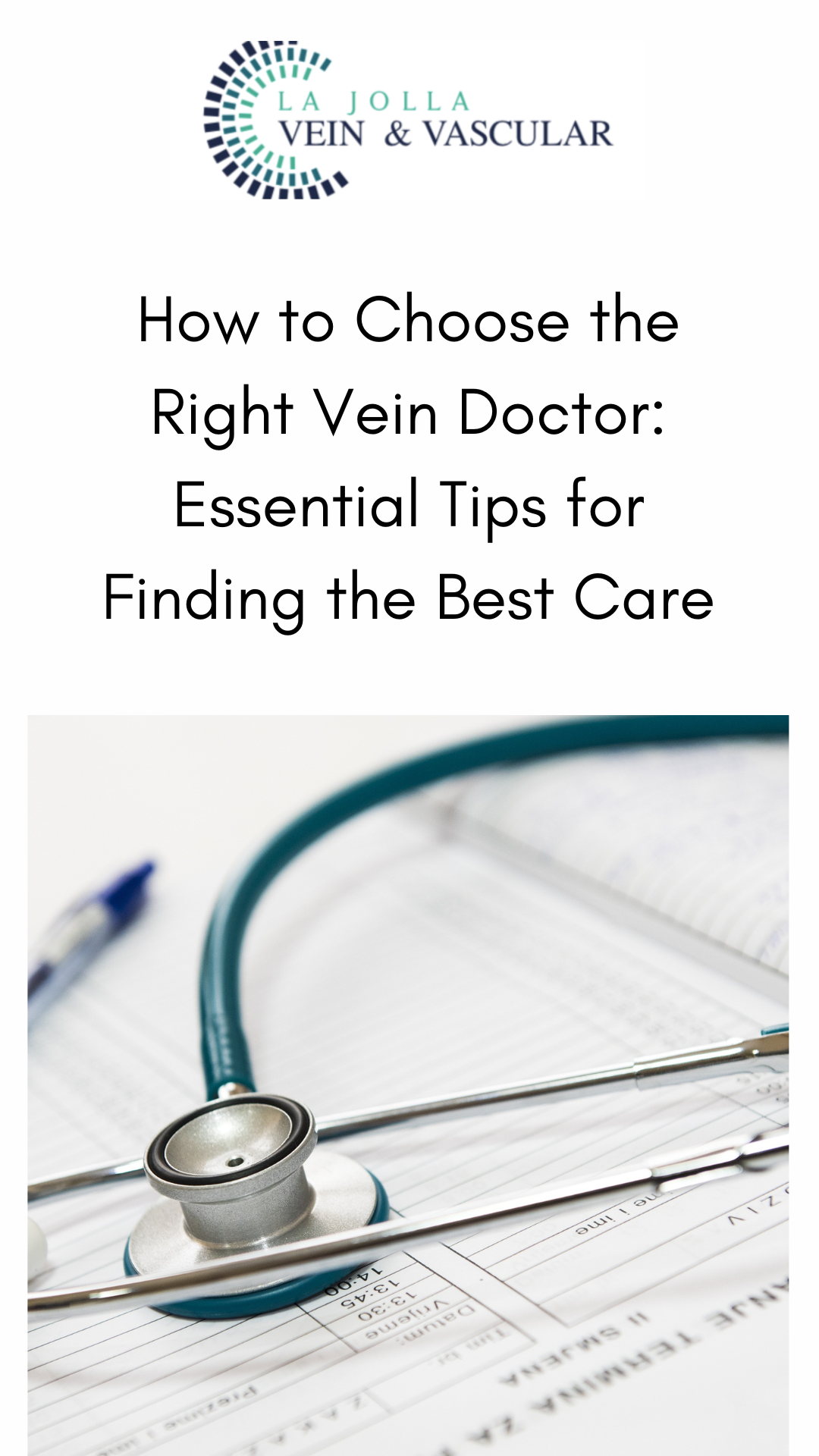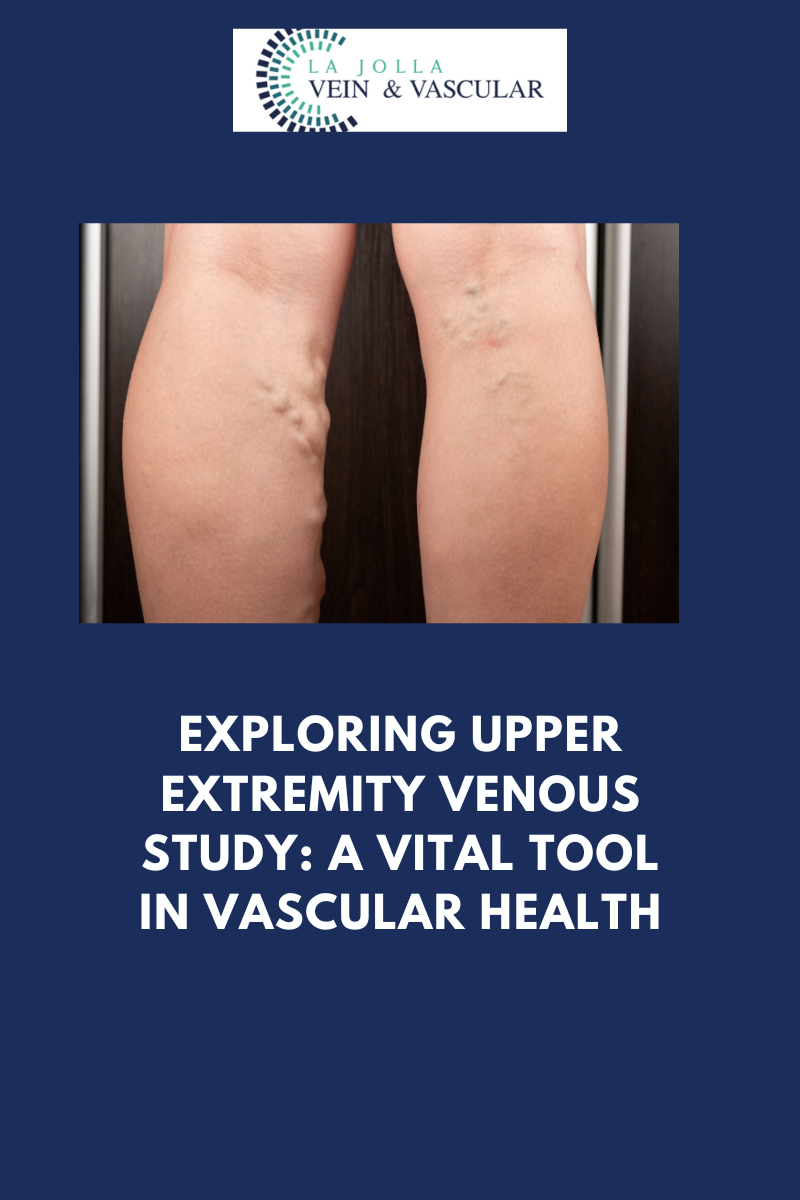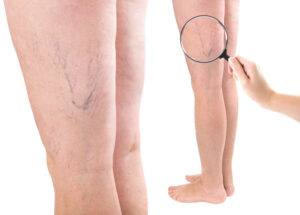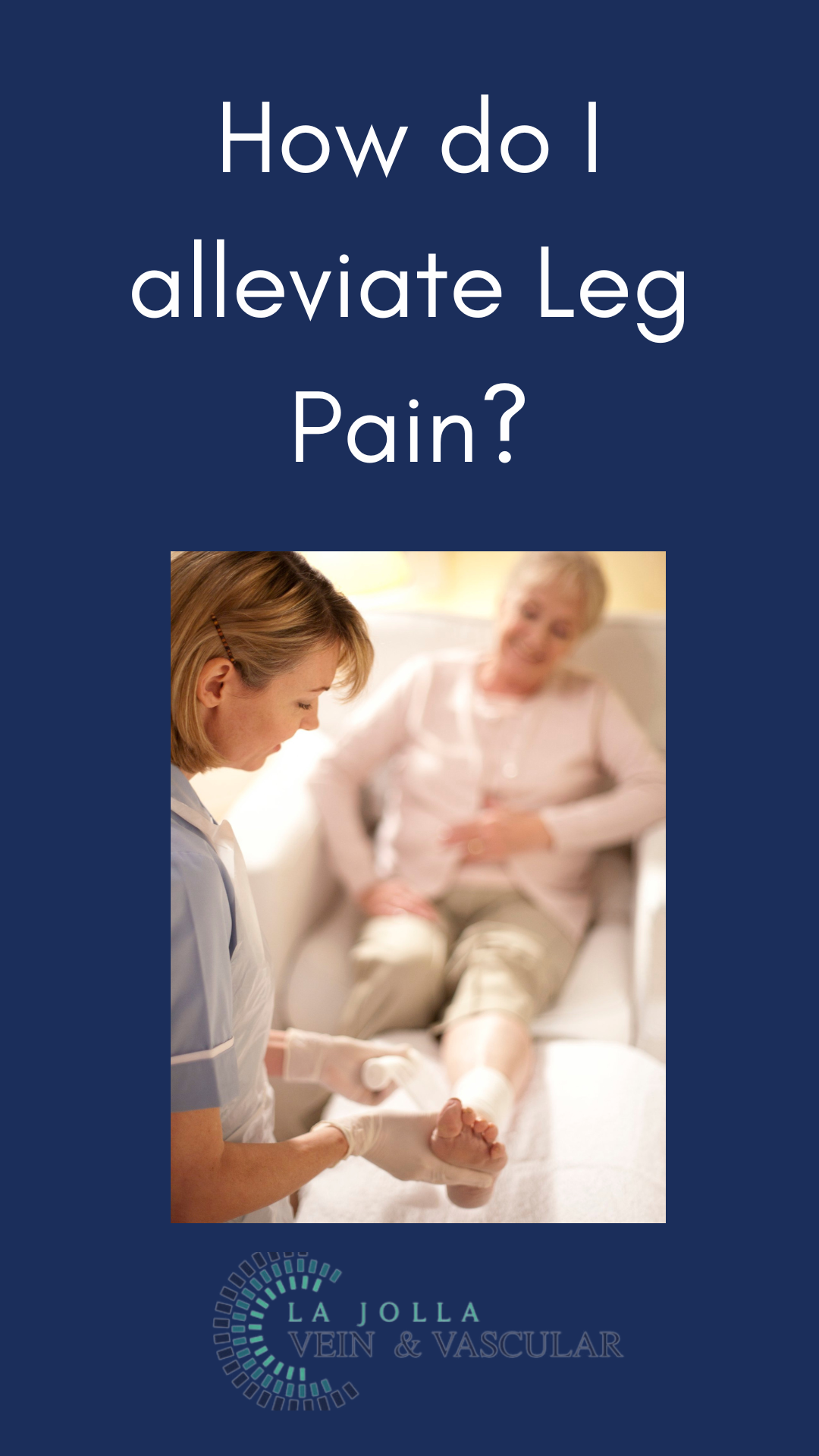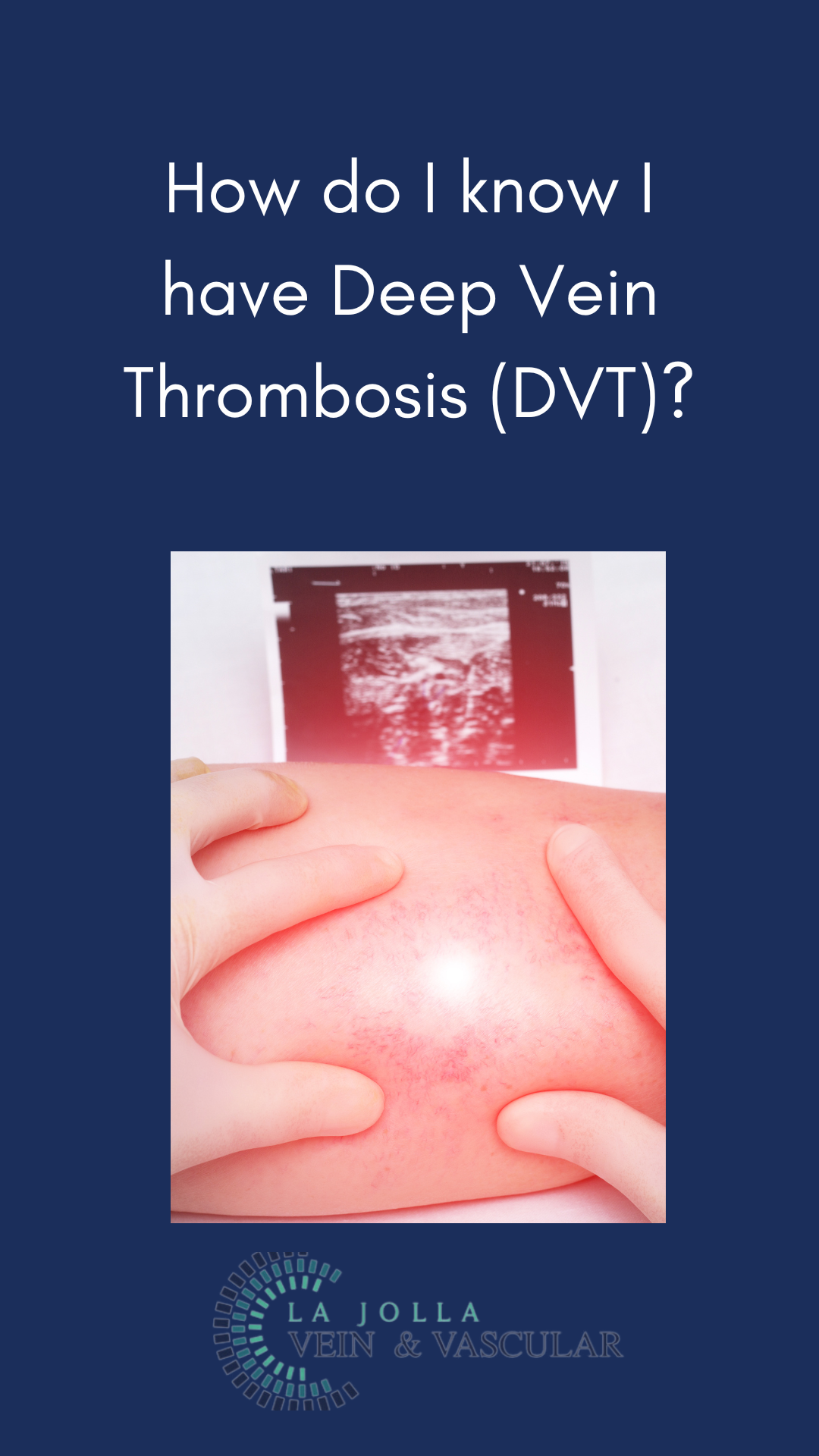Chemical Ablation: A Breakthrough Procedure for Vascular Health
LJVascular2024-07-07T08:44:56-07:00Chemical Ablation: A Breakthrough Procedure for Vascular Health
Revolutionizing Vein Health with Varithena®: The Injectable Foam Chemical Ablation Treatment. In the contemporary realm of vein treatments, Varithena®, a remarkable ablation procedure, emerges as a transformative solution for dealing with varicose veins within the great saphenous vein system […]

